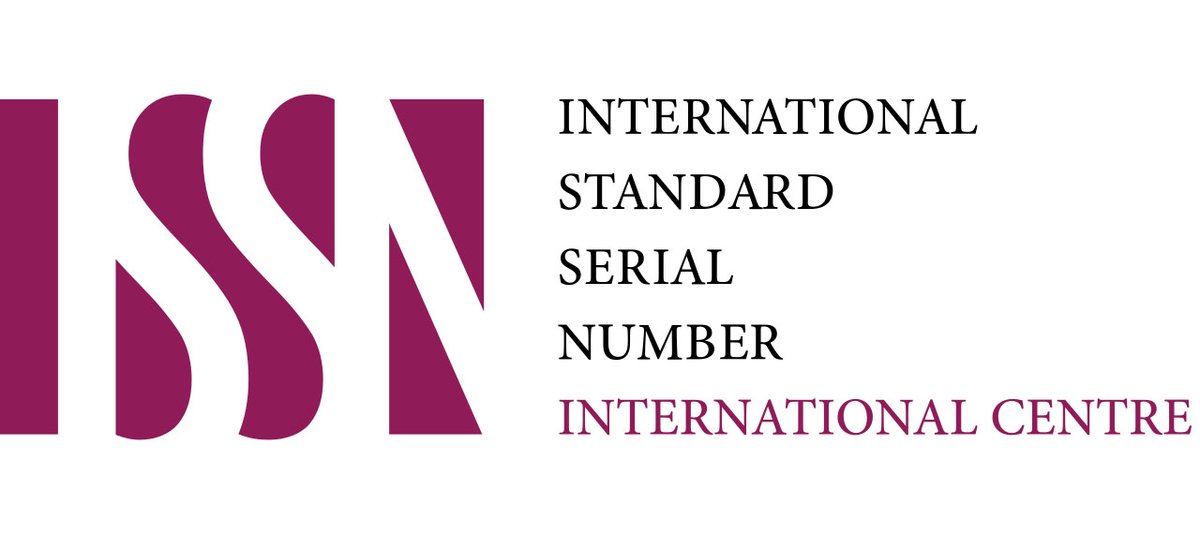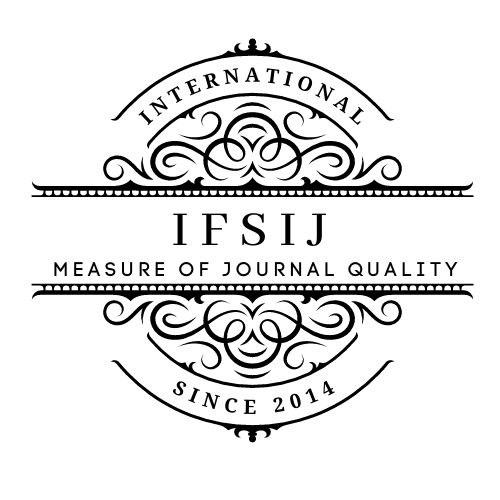USING METHODS IN TEACHING ENGLISH TO STUDENTS
Keywords:
English language teaching, pedagogical methods, Communicative Language Teaching, Task-Based Language Teaching, technology-enhanced learning, learner variability, cultural competence.Abstract
Teaching English to students demands an array of methods tailored to diverse learning styles, linguistic backgrounds, and educational contexts. This review delves into various pedagogical approaches employed in English language classrooms, elucidating their theoretical underpinnings, practical applications, and empirical efficacy. Beginning with a historical overview, this paper examines traditional methods such as Grammar-Translation and Audio-Lingualism, highlighting their contributions and limitations in contemporary language instruction. Subsequently, modern methodologies including Communicative Language Teaching (CLT), Task-Based Language Teaching (TBLT), and Content-Based Instruction (CBI) are scrutinized, emphasizing their emphasis on communicative competence, task engagement, and integration of language skills with authentic content. Moreover, innovative approaches such as Flipped Classroom and technology-enhanced learning are explored, elucidating their potential to enhance student engagement, autonomy, and access to authentic language resources. Additionally, alternative methods such as Total Physical Response (TPR), Suggestopedia, and the Silent Way are examined, showcasing their unique principles and applications in language teaching. Drawing from empirical research and pedagogical literature, this review synthesizes evidence regarding the effectiveness of each method in promoting language proficiency, learner motivation, and cultural competence. Furthermore, considerations regarding learner variability, teacher autonomy, and socio-cultural factors are discussed to contextualize the implementation of these methods in diverse educational settings. In conclusion, this review underscores the importance of adopting a flexible and eclectic approach to English language teaching, leveraging a repertoire of methods to address the multifaceted needs and preferences of students. By integrating theory-driven pedagogies with innovative practices, educators can create dynamic and inclusive learning environments that foster linguistic development and intercultural competence among learners.
Downloads
Published
Issue
Section
License

This work is licensed under a Creative Commons Attribution-NonCommercial-NoDerivatives 4.0 International License.















